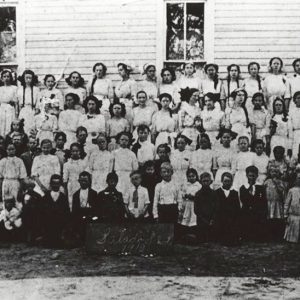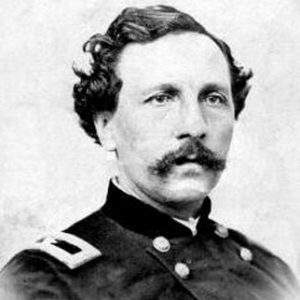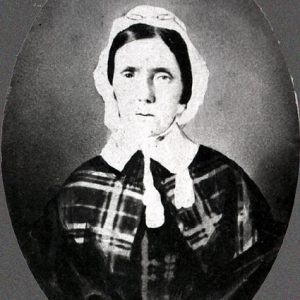 Father Matthew Saettele
Father Matthew Saettele
Race and Ethnicity: White - Starting with S
 Father Matthew Saettele
Father Matthew Saettele
 Simon Sager
Simon Sager
Sager, Simon
Sain, John Franklin (Johnny)
 Johnny Sain
Johnny Sain
 Salado School
Salado School
Salassi, Otto
 Friedrich Salomon
Friedrich Salomon
Salomon, Friedrich (Fred)
Salvest, John Joseph
 John Salvest
John Salvest
Sammon, Winona
aka: Peggy Shannon
Samuel, Irene Gaston
 Stephen Samuels
Stephen Samuels
Samuels, Stephen L.
Sandels, Monti H.
Sanders, Amy
 Amy Sanders
Amy Sanders
 Bryan Sanders
Bryan Sanders
 Ira Sanders
Ira Sanders
Sanders, Ira Eugene
Sanders, Sarah Huckabee
 Theodore Marcus Sanders
Theodore Marcus Sanders
Sanders, Theodore Marcus
 Edwin Warren Saphore Article
Edwin Warren Saphore Article
Saphore, Edwin Warren
 Sarah Huckabee Sanders
Sarah Huckabee Sanders
 Sarah Huckabee Sanders Swearing In
Sarah Huckabee Sanders Swearing In
Sarber, John Newton
 John Sarber
John Sarber
Sartain, J. Peter
 Peter Sartain
Peter Sartain
 Peter Sartain
Peter Sartain
Sarver, Charles Robert (Bob)
 Bob Sarver
Bob Sarver
 J. V. Satterfield
J. V. Satterfield
 J. V. Satterfield
J. V. Satterfield
Satterfield, John Vines (J. V.)
 Anna Saugey
Anna Saugey
Saunders, Michael Earl (Mike)
aka: "Metal Mike"
 Mike Saunders
Mike Saunders
 Carl Sawatski
Carl Sawatski
 Carl Sawatski Card
Carl Sawatski Card
Sawatski, Carl Ernest
Sawyer, Lewis Ernest
Sawyer, Sophia
 Sophia Sawyer
Sophia Sawyer
 Scaife and Cash
Scaife and Cash
 Cecil Scaife
Cecil Scaife




